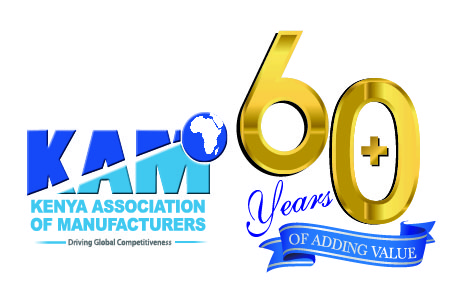Why Port effectiveness is crucial for growth of Industries
By Sachen Gudka,
It is quite telling that presently, the port of Mombasa is losing a chunk of Rwanda’s business to Dar es Salaam Port. Granted that one reason for this is the short distance from Tanzania’s port into Rwanda but, the second and most important reason for this move, is the improved efficiency of Dar’s port that has seen businesses move their goods faster and, with significantly lesser administrative hustle.
The correlation between functioning ports and local economic advancement is undisputed – both regionally and globally. Ports act as key entryways for international trade and, therefore very vital for the movement of goods, services and people between continents, spurring the integration of local and national economies into the global sphere.
In this regard, it is also easy to see why ports and industries are linked. Kenya, for instance, has an ambitious target to grow its manufacturing sector to 15% of GDP by 2022, which translates to 36% year on year sector growth rate. In order to do this, we need to grow our export markets and at the same time, ensure that the local industries are operating at full capacity and therefore able to produce quality goods to meet the local demand. Ports, thus, are an indispensable catalyst for; one – the movement of our goods for export to regional and international markets, and two – bringing in key inputs and raw material needed in order for local industries to produce.
Presently, our share of exports in the global market is quite low, at 0.03% of the total global trade whereas the sector’s current growth rate is only 0.2%. A recurrent challenge attribute to this performance is the logistical and operational challenges experienced at the port.
In May this year, the Government reinvigorated its war on counterfeits and illicit trade, which is a welcome and much needed intervention for the sector to grow. Doing so, required that the screening and inspection activities at all entry points into the country, including the port, are bolstered. However, we now find ourselves in a situation where a well-intended policy is hampered by operational challenges. Inputs and raw material needed for production, that would originally take 2 to 3 days to be cleared now takes up to a minimum of 14 days. There are many reasons for this including disconnect between agencies that are mandated to clear the goods, which translates to lengthened and duplicated procedures, and cumbersome administration processes. In the meanwhile, the quality of storage for these inputs is not guaranteed. The facilities are not equipped to store many of these inputs and are overwhelmed by the pilling numbers as the days go by.
Ultimately, the storage and demurrage costs are so high sometimes even surpassing the value of the inputs and raw material being shipped in.
A key measurable indicator in a well-functioning port is tracking the Container Dwell Time especially in cases of limited storage capacity. Container Dwell time refers to the length in which a container stays at the port terminal. The longer it stays, the lower the potential utilization of the port and the higher the costs. There are countries that have perfected this and use it to increase port functionality and consequently their local economies. Singapore, China and South Korea have some of the most flourishing port industries and, unsurprisingly, are synonymous with industrialization.
Reducing congestion as well as operational and logistical delays will undoubtedly have a significant impact on the cost of doing business for industry, stimulating growth and productivity and ultimately increasing our competitiveness in the region. This is the only way that we can sustain Mombasa’s port as the choice entryway for investors across the globe.
The writer is the Chairman of Kenya Association of Manufacturers and can be reached on info@kam.co.ke.
Looking for elevation? KAM lifts you up.
- Direct technical assistance
- Capacity building programmes
- Networking and mentorship
- Industry insights & analysis
- Trade & export development services
